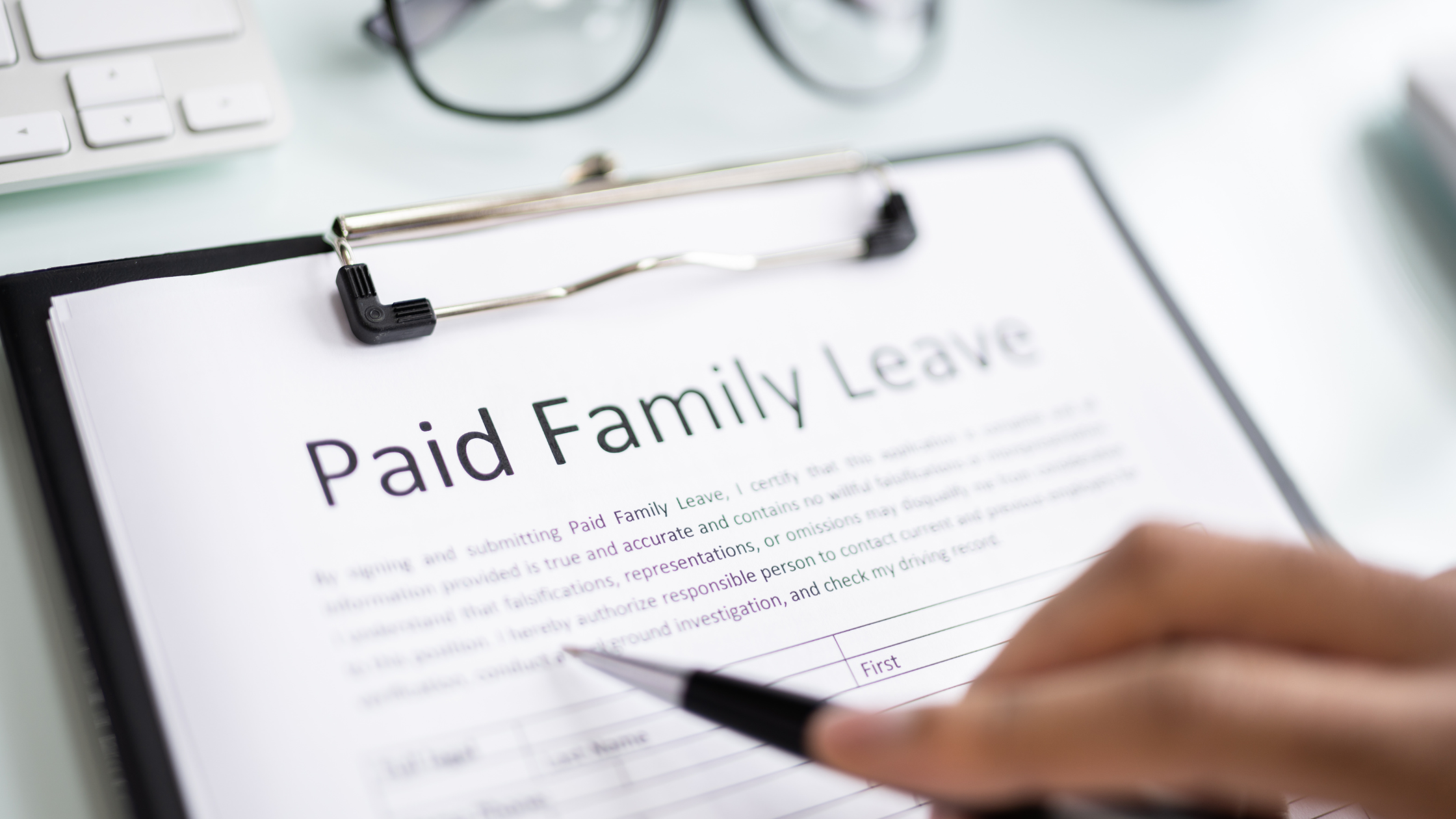Life happens, and New York employees should be able to take time off for personal reasons without fearing for their job security. The Paid Family Leave (PFL) policy is an employee-funded initiative. It allows employees to take paid time off to care for loved ones without risking their jobs.
This article covers how employees qualify, different PFL eligibility conditions, and employee contribution rates in New York.
How PFL Works in NY and Reasons To Use It
New York State Law states, eligible employees can take Paid Family Leave for up to 12 weeks to:
- bond with a newborn, adopted, or foster child
- care for a family member with a serious health problem
- assist loved ones when their spouse, child, parent, or domestic partner is abroad in active military service.
In New York, most employees who work for private employers are eligible for Paid Family Leave. People not legally eligible for this employee program include clergy, non-profit teachers, and golf caddies. If employees feel they qualify, encourage them to check in with you first.
Employees gain eligibility at different employment levels. Full-time employees who regularly work 20 or more hours a week are eligible after 26 consecutive weeks of employment (about six months). Part-time employees who regularly work less than 20 hours per week after 175 days of work are eligible. For part-time employees, the days don't have to be consecutive.
How to Fund PFL and the Employee Contribution Rate
In New York, employees fund their Paid Family Leave through payroll deductions. The Department of Financial Services sets the employee contribution to match coverage costs yearly.
PFL contributions are deducted from employee's after tax wages. In 2023, the employee's PFL contribution rate is 0.455% of an employee's gross wages per pay period. The most an employee can contribute annually is $399.43.
For 2024, the employee contribution will be 0.373% of their gross wages, and the maximum annual contribution is $333.25.
Employees can check their earnings against the Statewide Average Weekly Wage (SAWW). If they earn less than the current SAWW of $1,718, they contribute less than the annual cap of $333.25, consistent with their actual wages. Commissions and bonuses also count as PFL wages.
If employees need help figuring out how much they should deduct, use this Paid Family Leave calculator.
Additional Information about Paid Family Leave
What if you're self-employed? Self-employed individuals can purchase a policy for PFL and disability. If you are buying a PFL insurance policy, state law requires you to purchase both PFL and disability coverage. If you're a self-employed individual with employees—i.e., a business owner—the law requires you to have employee coverage.
For independent contractors, New York law doesn't require employers to cover them under PFL. However, like self-employed individuals, they can purchase a disability and PFL plan. Many seasonal employees aren't eligible for PFL unless they fit the requirements of the part-time or full-time work schedule. Public employees can receive PFL coverage if their employer voluntarily adopts the policy.
Help Your Employees Help Their Loved Ones
The PFL is an employee program that ensures they don't have to choose between keeping their jobs and caring for loved ones. The policy continuously evolves, so check the New York Paid Family website for current information on employee rights protections.
Not only does PFL help working families, but it also goes a long way to keeping loyal, dedicated employees at your organization.
If you want help with PFL and other payroll and HR responsibilities, contact MegaPay
MegaPay automatically makes payroll deductions from the employee's paycheck and stays in the employer's account to avoid hassle. We offer an all-in-one solution for HR, timekeeping, and payroll with guidance from payroll experts.
 Meet the platform.
Meet the platform.





